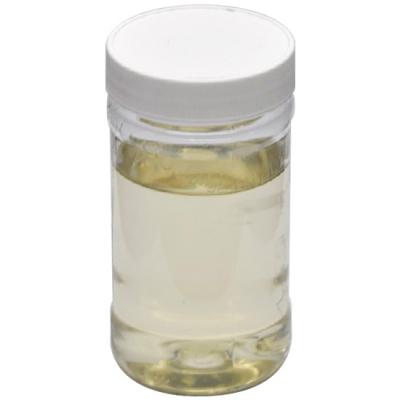There are many types of textile production processes and workflows. Depending on the requirements for different types of fabrics and their performance, one product often requires a combination of multiple production processes. In conventional textile dyeing and finishing, the main processes that emit large amounts of volatile organic compounds (VOCs) are textile weaving (especially weaving processes for synthetic fiber-containing fabrics), thermal setting, printing, and functional finishing.
Use of functional finishing agents for textile auxiliaries
Currently, common functional finishes used in textile dyeing and finishing plants include softening, stiffening, coating, wrinkle resistance, and antibacterial finishes. Typically, the processing temperature for functional finishing is close to, or higher than, 100°C, so high-temperature functional finishing is generally done on thermal-setting machines.
In textile weaving, the use of spinning oil or spinning agent, whether at room temperature or in high-temperature processing, can easily result in the emission of VOC gases. Moreover, the type and concentration of VOCs released are different for different finishing effects on different fabrics in thermal-setting processes. Additionally, the use of solvents such as urea and benzene in printing processes can easily emit VOCs at both room and high temperatures, especially in adhesive printing, where the volatilization of binders at the curing temperature and the use of organic color in thermal transfer printing processes are common.
Use of textile auxiliaries in exhaust emissions
According to studies on tail gas emissions from the thermal-setting machine in textile dyeing and finishing, in the thermal-setting and drying process, a large amount of visible white or light blue oily smoke is generated due to the volatility of spinning oil, fabric oil, and cleaning agents used to produce organic solvents that emit VOCs under high-temperature conditions. The oily smoke and odor created directly threaten the health of workers and affect the normal lives of surrounding residents. The emission of oily smoke from textile dyeing and finishing factories has become a key issue in complaints from the surrounding public.
Currently, before national air pollution emission standards for the textile printing and dyeing industry are formally promulgated, many existing production companies are not yet aware of the environmental hazards created by this industry, and more importantly, do not consider textile auxiliaries as a key pollution control point for source control in chemical treatments.
Currently, in areas with dense textile dyeing and printing industries, local atmospheric standards for textile dyeing and printing have been issued, and a considerable part of enterprises have begun to use new environmentally friendly textile auxiliaries to reduce industrial air pollution.



 English
English  日本語
日本語  Español
Español  tiếng việt
tiếng việt  Türkçe
Türkçe  ไทย
ไทย  українська
українська  हिंदी
हिंदी  বাঙালি
বাঙালি  اردو
اردو 

